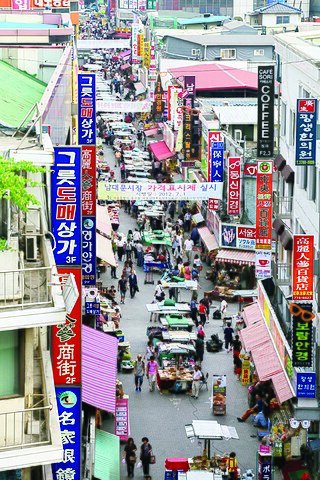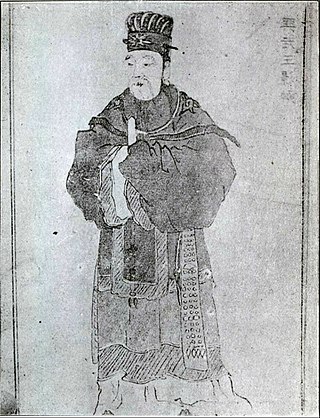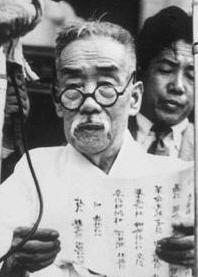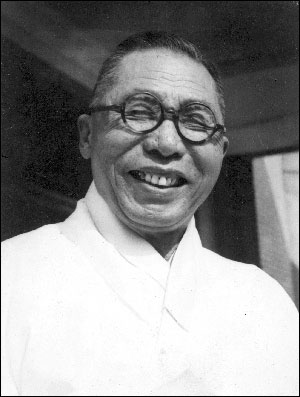Self-guided Sightseeing Tour #5 in Seoul, South Korea
Legend
Guided Free Walking Tours
Book free guided walking tours in Seoul.
Guided Sightseeing Tours
Book guided sightseeing tours and activities in Seoul.
Tour Facts
1.8 km
50 m
Experience Seoul in South Korea in a whole new way with our free self-guided sightseeing tour. This site not only offers you practical information and insider tips, but also a rich variety of activities and sights you shouldn't miss. Whether you love art and culture, want to explore historical sites or simply want to experience the vibrant atmosphere of a lively city - you'll find everything you need for your personal adventure here.
Activities in SeoulIndividual Sights in SeoulSight 1: 박태준 박사 찬송비
Park Tae-joon (November 22, 1900~October 20, 1986) was a South Korean organist, composer, and musician who was active as a Western classical composer and musician.
Sight 2: Namdaemun Market

Namdaemun Market (Korean: 남대문시장) is a large traditional market in Seoul, South Korea. It is located next to Namdaemun, the main southern gate to the old city. The market is among the oldest extant markets in Korea, having opened during the Joseon period in 1414.
Sight 3: Statue of Kim usin
Kim Yu-sin was a Korean military general and politician in 7th-century Silla. He led the unification of the Korean Peninsula by Silla under the reign of King Muyeol and King Munmu. He is said to have been the great-grandchild of King Guhae of Geumgwan Gaya, the last ruler of the Geumgwan Gaya state. This would have given him a very high position in the Silla bone rank system, which governed the political and military status that a person could attain.
Sight 4: Statue of Lee siyung
Yi Si-yeong was a Korean politician, independence activist, educator and neo-Confucianist scholar. He was the first vice president of South Korea from 1948 to 1951. Yi resigned after the National Defense Corps incident of 1951. His art names were Seongjae or Sirimsanin. Before the Japan–Korea Treaty of 1910, he had served for Joseon as the Governor of South Pyongan Province and the President of Hansung Law Court.
Sight 5: Statue of Kim Gu
Kim Ku, also known by his art name Paekpŏm, was a Korean politician. He was a leader of the Korean independence movement against the Empire of Japan, head of the Korean Provisional Government for multiple terms, and a Korean reunification activist after 1945. Kim is revered in South Korea, where he is widely considered one of the greatest figures in Korean history.
Share
How likely are you to recommend us?
Disclaimer Please be aware of your surroundings and do not enter private property. We are not liable for any damages that occur during the tours.
GPX-Download For navigation apps and GPS devices you can download the tour as a GPX file.


